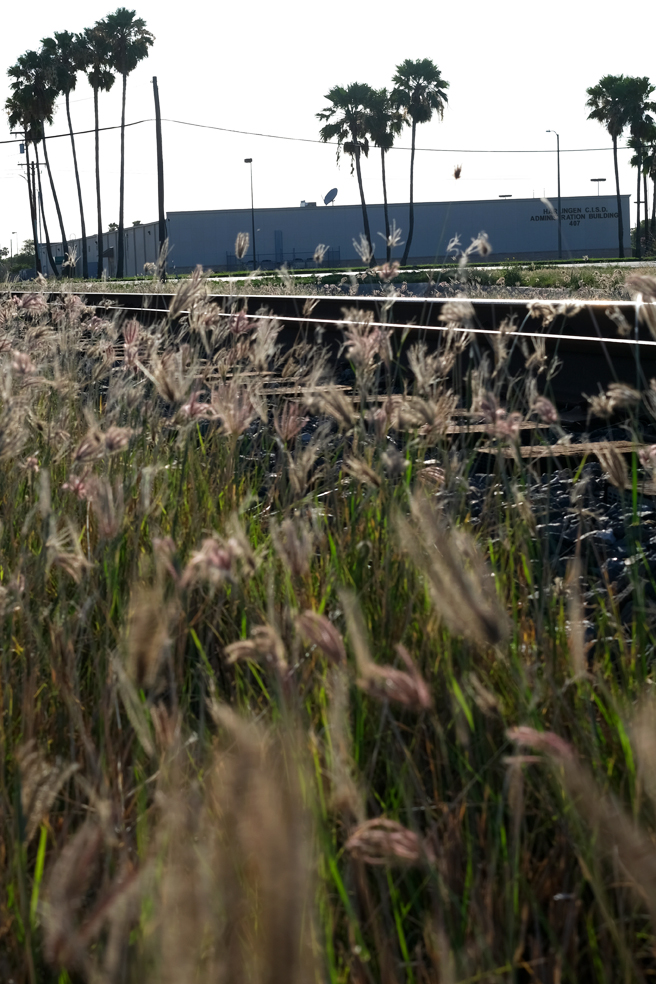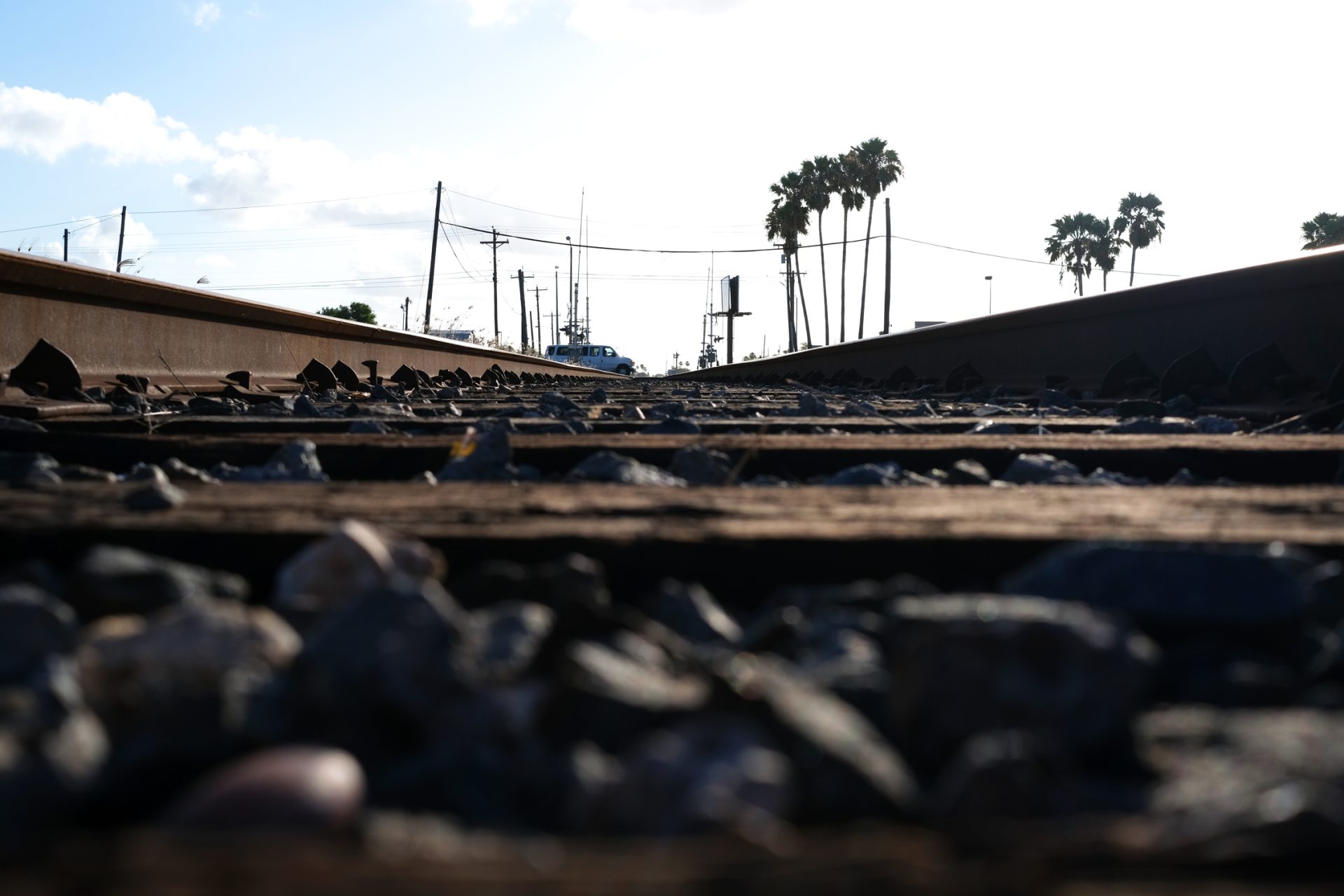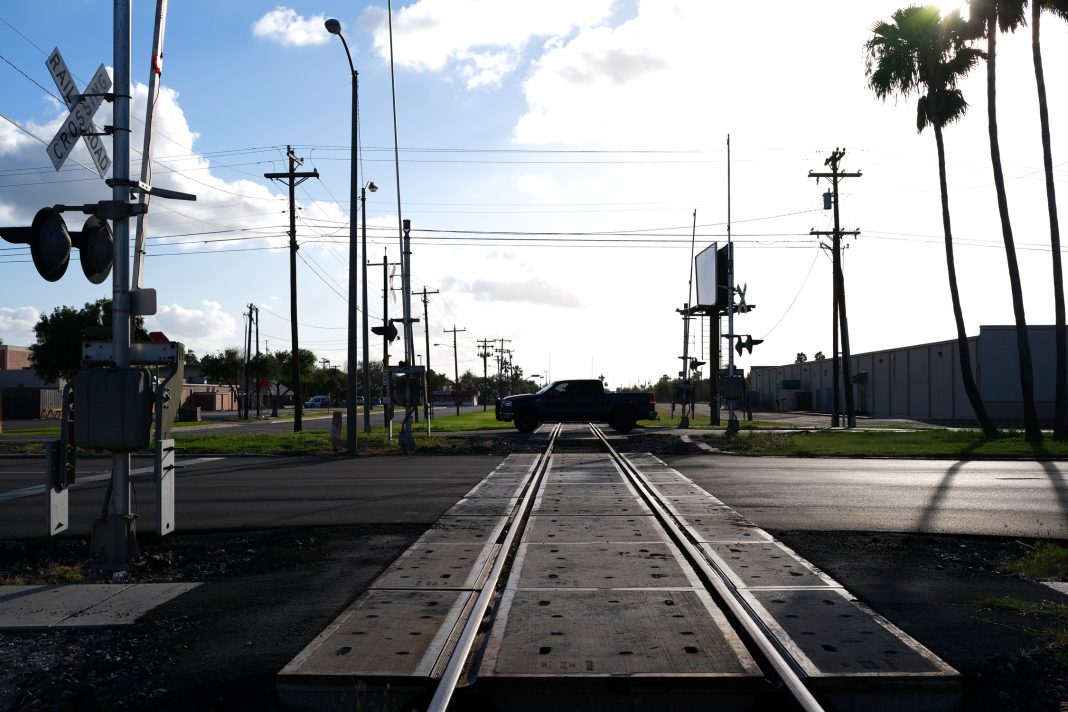One railroad infrastructure project in Texas has been chosen to receive funding through the federal Consolidated Rail Infrastructure and Safety Improvement (CRISI) grant program, and that project is in Harlingen.
The Federal Railroad Administration announced that the Cameron County Regional Mobility Authority will receive $5.6 million for the Harlingen Rail Improvements Project, which will eliminate seven at-grade railroad crossings in the city. The announcement was made in a June 1 media conference call that included U.S. Transportation Secretary Pete Buttigieg, FRA Administrator Amit Bose and White House Infrastructure Coordinator Mitch Landrieu.
The $5.6 million part of more than $368 million going to 46 rail infrastructure projects in 32 states and the District of Columbia. CCRMA will contribute a 20 percent match to project, which will entail relocating and realigning approximately 1.7 miles of track and building one new rail crossing to replace the existing seven at-grade crossings, according to the FRA.
The project will connect Union Pacific Harlingen Subdivision and Union Pacific Brownsville Subdivision tracks and straighten out two curves. The extension of track between Jefferson Avenue and Adams Avenue will allow the older Southern Pacific switchyard east of Commerce Street between Ona Street north to Orange Heights Street to be removed along with the rail line between Commerce Street and Adams Avenue, the agency said.

This new connection means roughly two miles of Harlingen Subdivision track between U.S. 77/Sunshine Strip and Jefferson Avenue will be retired. Closing the seven crossings will reduce congestion and improve safety along the active rail, the FRA said.
“These projects are going to enhance safety,” Buttigieg said during the press call. “They’re improving rail infrastructure, fixing track that is sometimes a century old.”
Because of President Biden’s Bipartisan Infrastructure Law, funding for the CRISI program has risen to historic levels that will be sustained over the next several years, creating thousands of quality jobs and workforce training opportunities, he said.
“Thanks to the Bipartisan Infrastructure Law, CRISI funding is going to triple to $1 billion dollars a year over the next five years,” Buttigieg said. “That’s going to allow us to fund even more projects.”

Landrieu said the COVID-19 pandemic “laid bare vulnerability in our supply chains and our reduced domestic manufacturing capacity,” which has led to higher costs for all Americans, and that substantially boosting CRISI funding is part of the solution.
“Biden has tasked us with using the Bipartisan Infrastructure Law and other funding to strengthen our supply chains and move people and goods easier, increase production and usher in new, cleaner and cheaper energy, which will lower costs for families,” he said.
Bose said it’s all about improving infrastructure safety, efficiency and reliability while creating jobs and generating economic development for rural and urban communities. The effort includes passenger rail infrastructure. Bose said Biden’s infrastructure bill will allow the FRA to “triple down” on funding projects in the years ahead.
“We look forward to making even deeper rail investments going forward,” he said.
RELATED READING:
Rail funds latest victory in Harlingen’s decades-long efforts




